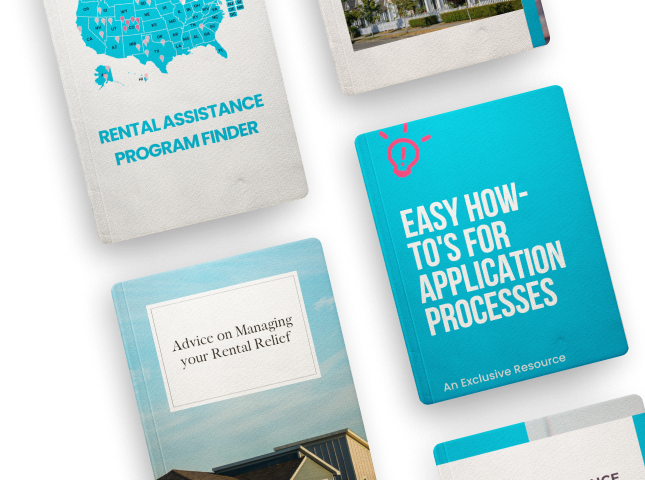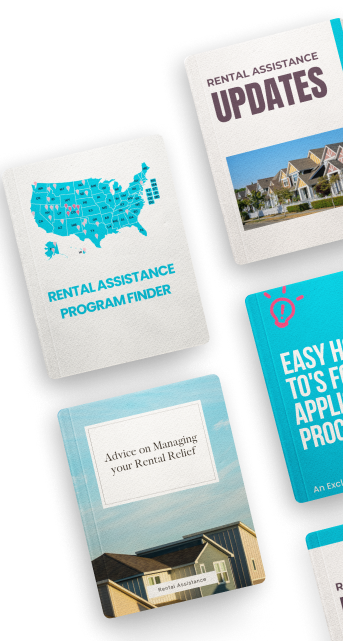A Simple Guide to Federal Rental Assistance
What is Federal Rental Assistance?
At the heart of federal rental assistance are three key programs—Housing Choice Vouchers, Section 8 Project-Based Rental Assistance, and Public Housing.
Together, these cover about 82% of the assistance provided. There are also targeted programs for specific groups, such as older adults, people with disabilities, individuals living with AIDS/HIV, and those experiencing homelessness.
Moreover, tribal governments have special programs for American Indians and Alaska Natives, and the Department of Agriculture offers assistance for rural areas.
All these efforts are mainly overseen by the Department of Housing and Urban Development (HUD), with the Department of Agriculture handling its own program for rural rental aid.
How it Helps
Federal rental assistance ensures families can afford decent housing without sacrificing other essentials like food, healthcare, childcare, and transport. Some programs even offer additional support, helping families save money and achieve financial goals.
Check Out: Effective Strategies for Lowering Your Expenses and Enhancing Financial Health
For certain populations, specific assistance programs provide both affordable housing and coordinated services to improve their quality of life significantly.
Importantly, this assistance also opens doors to better neighborhoods, potentially leading to higher college attendance rates among children and improved health and earnings for adults. This is particularly crucial for people of color, who have historically been marginalized in housing.
Who Benefits?
The assistance targets nearly 10 million beneficiaries, including children, the disabled, and older adults. Most households receiving aid are either elderly, have disabilities, are employed, or were recently employed.
Eligibility and Limitations
To qualify, a household's income must be below 80% of the local median, with some programs requiring it to be below 50%. However, there's a high demand for assistance—far outstripping the available funding. This means many eligible households end up on waiting lists without receiving the help they critically need.
Financial Contributions from Families
Generally, households contribute 30% of their income towards rent and utilities, with certain minimum payments required regardless of income levels.
The Role of the Private Market
Most federal rental assistance is utilized in privately-owned properties, through either direct unit assistance or vouchers that families can use in the private market. Housing agencies and property owners play a significant role in managing these programs locally.
Don’t Miss: Finding Landlords Who Accept Housing Vouchers
Coverage and Funding
Assistance is available across the country, in both urban and rural areas. However, continuous funding from Congress is essential to maintain these support levels, and unfortunately, the programs can't automatically expand to meet increased demand during tough economic times.
In summary, federal rental assistance plays a crucial role in helping millions afford safe and stable housing, but it faces challenges in reaching everyone in need due to limited funds.
-
Find programs that help with rent by signing up here












